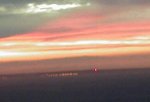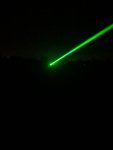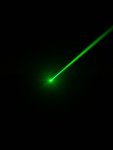- Joined
- Jun 18, 2012
- Messages
- 1,046
- Points
- 83
At km distances the atmosphere messes with the beam a lot. I was trying a long distance data link and settled on leds. I tried a 20x beam expander thinking I’d get an increadable 0.01mrad. Yea no/. The noise on the beam was horrible. LEDs where better. That was not my work. NASA did the study. However for really long distance like the moon they did use lasers. I gave up.






